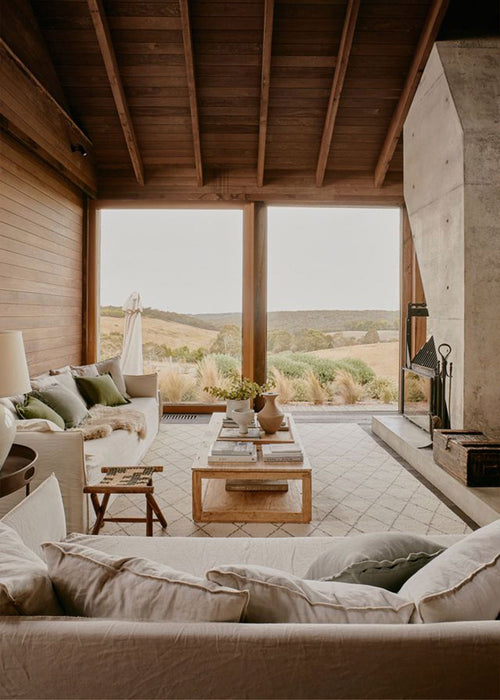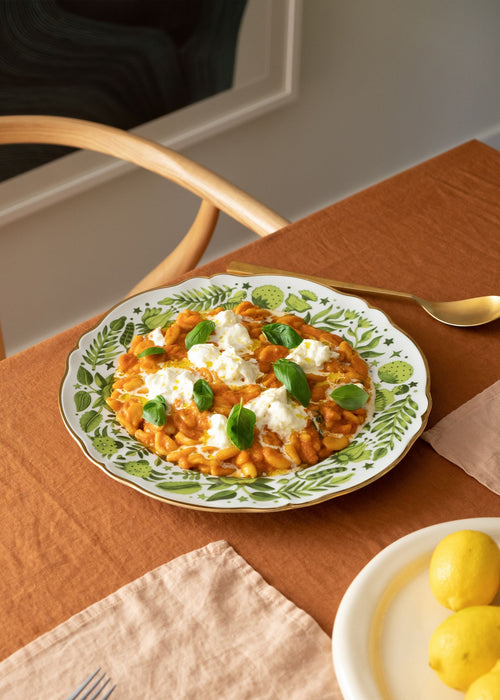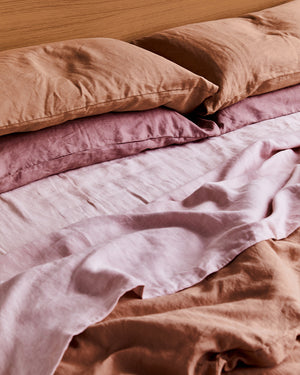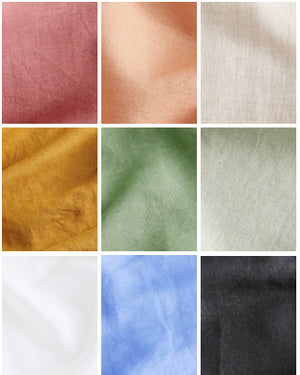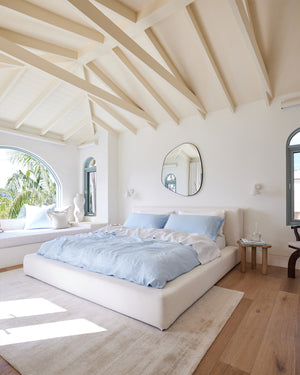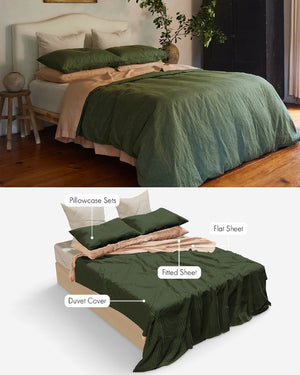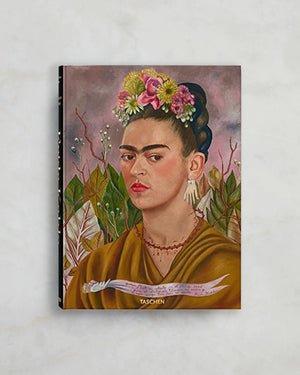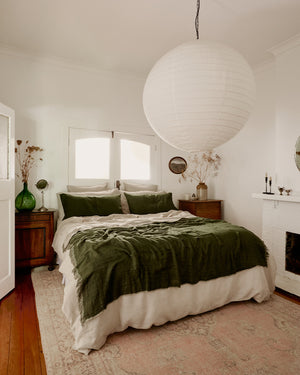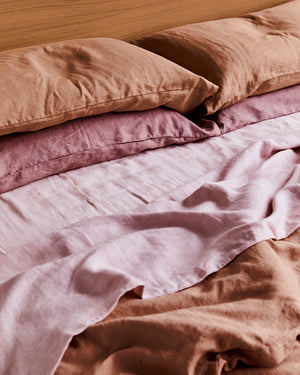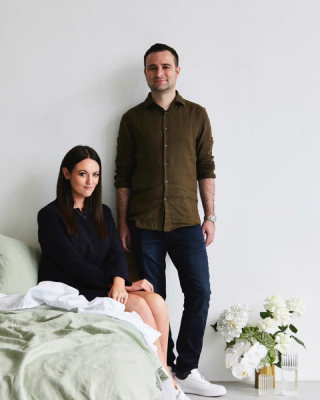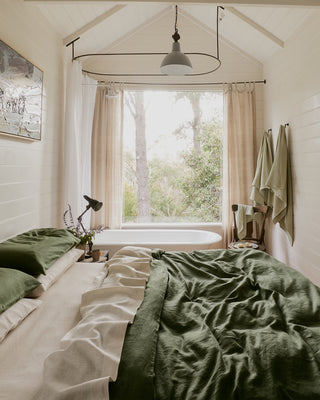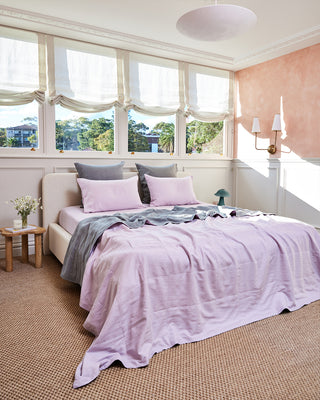Colour Therapy Could Be the Key to Improving Your Mental Health
Have you ever wondered why you feel drowsy sitting in one room, but cheerful in the next? Or why you feel an instant rush of serenity when walking through the park? Or find those who wear bright colours more approachable compared to those dressed in black?
It’s because we’re constantly influenced by the colours that surround us. For example, a 2013 study published in the journal Appetite found eating off red plates encouraged participants to eat less, while white plates stimulated hunger. Yes, really.
Colours have the ability to affect your thinking, mood and behaviour, and it could be the key to improving your life.
What is colour therapy, and how does it work?
Colour therapy, also known as chromotherapy, is based on the idea that certain colours and coloured lights can cause subtle changes in our moods and biology, and thus can be used to treat physical or mental health issues.
What is colour therapy used for?
Unfortunately, it’s still considered a ‘holistic’ healing method and scientific research behind colour therapy is in its early stages. In saying this, there is still plenty of evidence proving coloured lights can have an effect on our bodies, mood and pain levels.
For example, a study published in the journal Sleep suggested blue light during the day can improve attention, alertness, reaction time and general mood. On the contrary, blue light can disrupt circadian rhythms when used at night because it suppresses melatonin, the hormone that helps our bodies sleep. This is why you hear time and time again to switch off all electronics before bedtime.
Moreover, light therapy is currently being used to treat seasonal affective disorder - a type of depression that normally occurs during winter.
Then there’s the case of green light used for migraines and fibromyalgia pain, which Mohab Ibrahim, Associate Professor of Anesthesiology at the University of Arizona College of Medicine, Tuscon, has been researching.
In an interview with Healthline, Professor Ibrahim explained his study’s participants reported fewer migraines per month and less severe fibromyalgia pain after 10 weeks of daily exposure to green LED light.
“I doubt that green light therapy will replace typical pain medications, but if we’re able to reduce pain medications by even 10 percent, that’s a big accomplishment,” he told the publication. “It could have strong ramifications [on] the future of pain control.”
What does each colour make you feel?
Generally speaking, we associate the below colours with the following emotions:
- Yellow: happiness, joy, optimism, vitality
- Orange: socialisation, energy, ambition
- Pink: reduced appetite, love, romance, calm
- Red: energy, stimulation, confidence, aggressiveness
- Purple: mystery, creativity, luxury, wisdom
- Blue: serenity, openness, focus
- Green: peace, tranquility, prosperity
- Brown: stability, natural, reliability
- Black: anger, strength, intelligence
- White: cleanliness, innocence, purity
But each colour goes far beyond these generalisations, according to Noosha Anzab, clinical psychologist and psychotherapist at Lysn.
Red, orange and yellow

“As a general rule, these warmer colours are known for their way of evoking feelings of happiness, positivity and optimism,” Anzab tells Bed Threads Journal. “Warmer colours are also associated with energy, stimulation and revitalisation. This fact is important to know, especially when it comes to interior design. Ideally, you’d avoid these colours in the bedroom because while they might evoke feelings of happiness, they might also make you more energetic (which could affect your ability to sleep).”
“Warmer colours are often used in warning signs, too, like the red used in a stop sign or the yellow for a speed hump. Red has the ability to instantly grab someone’s attention which is why it is often used to warn people of impending danger,” she explains. “Signs that are red, amber or yellow in colour usually indicate danger or provide instructions and important information.
Blue, green and purple

“These are generally associated with feelings of calmness and relaxation. However, just to make things complicated, certain shades of these colours can also be associated with sadness,” Anzab adds.
“As a general rule, blue is great for interior design and promoting wellness, but ensure you research the shade of blue first. Lighter blue colours are great for the bedroom because they can be calming and can promote feelings of tranquillity. Darker blue colours on the other hand, can evoke feelings of coldness (so best to avoid these).
“Green is another cool colour that symbolises nature, health, growth and possibility. Overall, green is an emotionally positive colour, said to give us the ability to love and nurture ourselves. Then purple is great for evoking feelings of romance, making people feel comfortable having intimate conversations a lot easier.”
Brown

“Earthier colours such as browns can evoke feelings of security, reliability, warmth, and approachability. In interior design, people will often use earthier colours to bring a sense of comfort.
“What’s more, browns have been linked to an increase in tryptophan (related to sleep and our immune systems) and serotonin (linked to our mood).”
Grey, black and white

“While not traditionally considered colours, these shades can still have an impact on wellness. White is generally associated with innocence and purity which is why many people use it for a babies or child’s room. On top of this, white is also associated with cleanliness, so it is a really good trend for bathrooms and kitchens.
“Grey on the other hand, is often associated with dirtiness so best only to use as an accentuation, not a focus point.”
5 ways to use colour therapy to improve your life
Here are 5 ways you can use colour therapy to shape your habits and behaviour:
1. Through art
“Use it as a therapeutic medium for stress relief,” Anzab says.
It’s an easy and affordable way to express difficult feelings through something visual. When you get creative through drawing, colouring or painting, your brain becomes more active and helps you through future stressors.
2. Using an app
“There are also a range of colour therapy apps that give people a mental break from daily routines. These apps are a quick and easy way to access a colour therapy outlet.”
We suggest trying Color Therapy Coloring Number.
3. Your clothing
“You can always implement a bit of colour therapy in the way you dress - pick out the right colours to wear to boost your mood.”
If you’re going to a job interview, opt for blue. This colour aids concentration and is regarded as conveying intelligence. If you want to help lift other people’s mood, wear hues of orange and yellow.
4. Home interiors
Consider what mood you want to feel in each room of your home. For example, blue and green dining rooms generate a feeling of calm and may inhibit the impulse to eat too much. Use subtle hints of pink in the bedroom to stimulate romance, and combine this with blue or green to encourage a restful sleep. You could try yellow in the kitchen and bathroom to convey happiness.
5. In nature
Go out for a walk and surround yourself with greenery. Green alleviates stress as it allows us to connect to the spiritual centre and brings our attention to the heart.
Inspired to use colour therapy in the bedroom? Here are the best bedroom colours that promote peaceful sleeping.


